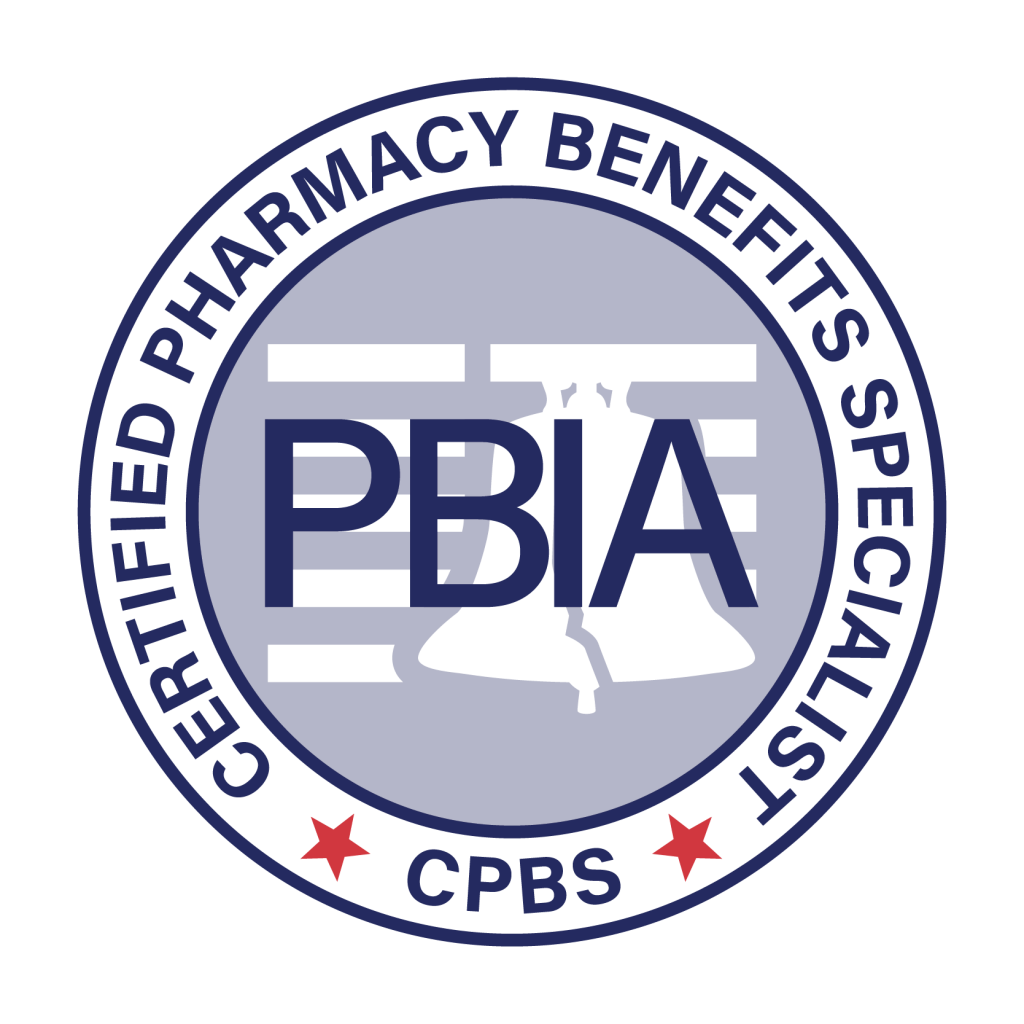How specialty drug ‘solution stacking’ can rein in pharmacy benefit costs and other notes from around the interweb:
- How specialty drug ‘solution stacking’ can rein in pharmacy benefit costs. Brokers and employer groups alike know that 5% to 10% percent of insured workers and their dependents drive 50% to 60% of the cost of pharmacy claims. A few members with prescriptions for a specialty drug with a five-figure price tag can easily represent the majority of an entire group’s pharmacy spend. These drugs are often lifesaving or provide a dramatic quality of life improvement for those who take them. No one would question the necessity of using them. But when a group can mitigate some of the cost without affecting the clinical outcome, it can be a game changer. The broker who unlocks these savings becomes a trusted ally.
- PBMs are Creating GPOs and Stirring Debate as to Why. In 2019, Express Scripts PBM (pharmacy benefit manager) formed Ascent Health Services GPO (group purchasing organization), based in Switzerland. In 2020, CVS Caremark formed Zinc GPO. And in 2021, OptumRx formed Emisar Pharma Services, based in Ireland. With pharmacy benefits for approximately 75% of U.S.-covered lives under their control, why would these PBMs need GPOs — to capitalize on their scale to get better drug prices? “In each case, there’s what the PBM said, and then you have to do your best to fill in the blanks of what could possibly be going on,” says Howard Deutsch, principal at ZS Associates, a global professional services firm with offices in Boston. “They haven’t said a heck of a lot. They’ll say things about serving customer needs, but nowhere will you find some particular customer need that is better being served by the existence of this new entity.”
- AHIP study claims hospitals charge double for specialty drugs compared to pharmacies. Hospitals on average charge double the price for the same drugs compared to those offered by specialty pharmacies, according to a new insurer-funded study released as federal regulators ponder a probe into the pharmacy benefit management industry. The study (PDF), released Wednesday by insurance lobbying group AHIP, comes as specialty pharmacies have grown in use among PBMs and payers to dispense specialty products. The study was released a day before a scheduled meeting Thursday of the Federal Trade Commission on whether to probe the competitive impact of PBM contracts and how they could disadvantage independent and specialty pharmacies. “The data are clear, specialty pharmacies lower patient costs by preventing hospitals and physicians from charging patients, families, and employers excessively high prices to buy and store specialty medicines themselves,” said Matt Eyles, president, and CEO of AHIP, in a statement.
- FTC’s PBM Study Signals Broader Federal Scrutiny of the Prescription Drug Sector. On June 7, 2022, the Federal Trade Commission (FTC) unanimously voted to initiate a study into how business practices employed by some pharmacy benefit managers (PBMs) may impact prescription drug pricing and patient access to drugs. In the pharmaceutical drug sector, PBMs administer prescription drug plans for most Americans with health coverage through employers, health insurers, unions, Medicare, and Medicaid. In doing so, PBMs negotiate with and manage pharmacy networks, as well as negotiate drug prices or price concessions with manufacturers of pharmaceutical and biologic products. The FTC announcement follows a robust public comment period during which the FTC received more than 24,000 comments from pharmacies, manufacturers, patients, and other actors that addressed concerns regarding certain PBM practices.

